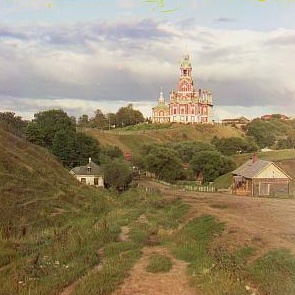Invert and Factor
This project combines GAN inversion with closed-form factorization of semantic vectors to produce a working interface for image manipulation.
Konwoo Kim
This project combines GAN inversion with closed-form factorization of semantic vectors to produce a working interface for image manipulation.
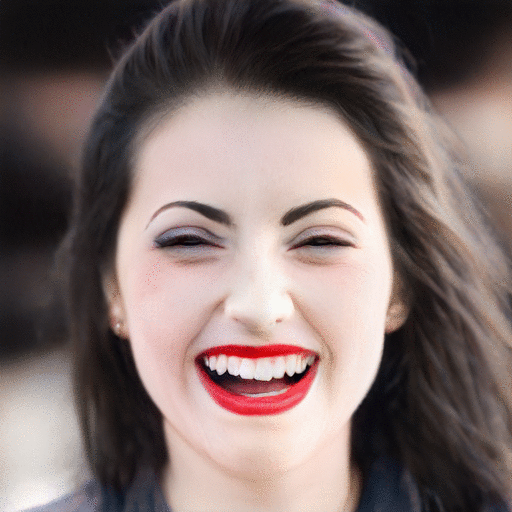
In this assignment, you will implement a few different techniques that require you to manipulate images on the manifold of natural images. First, we will invert a pre-trained generator to find a latent variable that closely reconstructs the given real image. In the second part of the assignment, we will take a hand-drawn sketch and generate an image that fits the sketch accordingly.
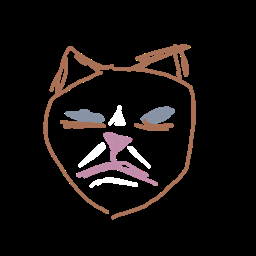
In this assignment, you will implement neural style transfer which resembles specific content in a certain artistic style. For example, generate cat images in Ukiyo-e style. The algorithm takes in a content image, a style image, and another input image. The input image is optimized to match the previous two target images in content and style distance space.
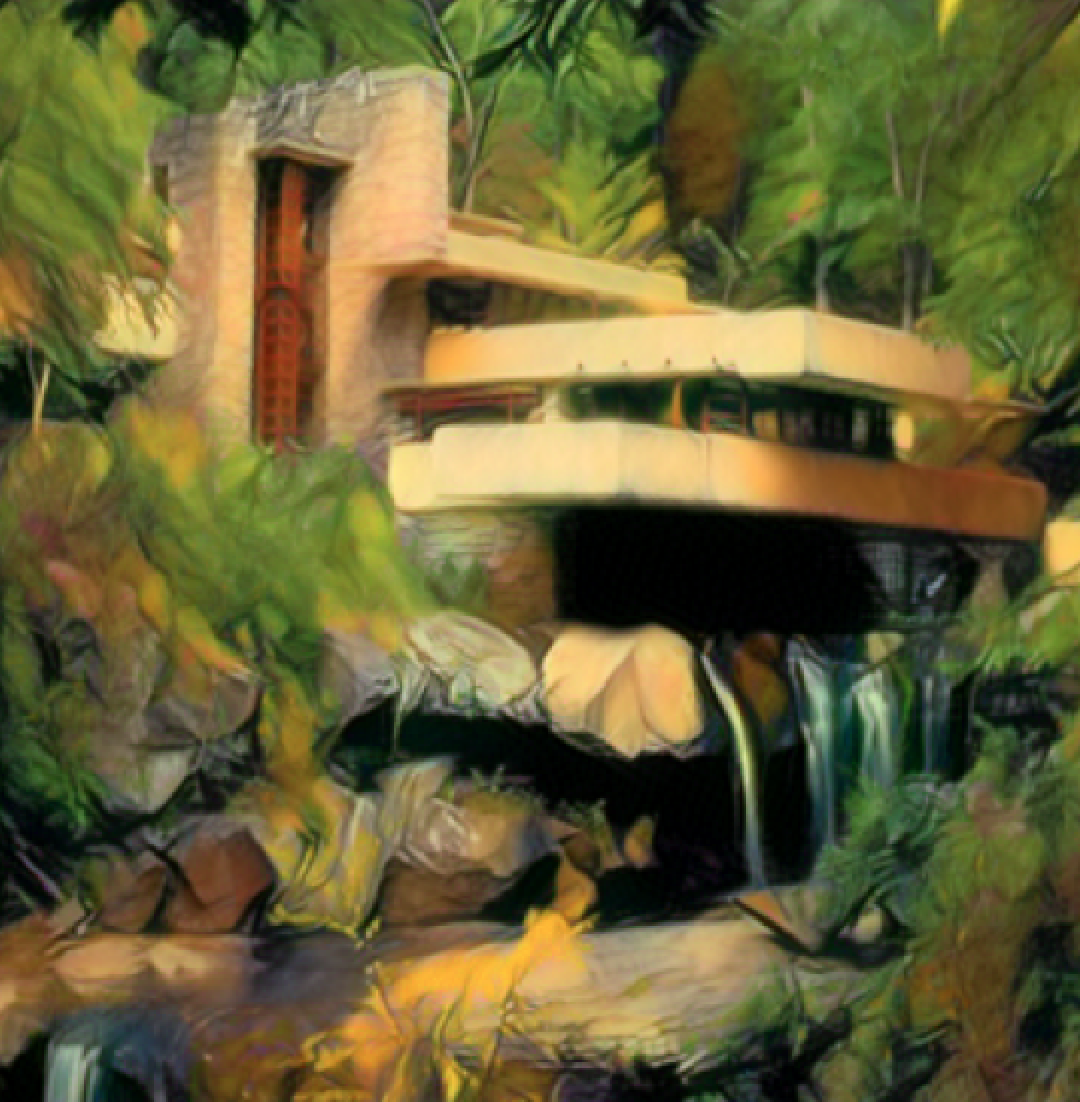
This assignment includes two parts: in the first part, we will implement a specific type of GAN designed to process images, called a Deep Convolutional GAN (DCGAN). We will train the DCGAN to generate grumpy cats from samples of random noise. In the second part, we will implement a more complex GAN architecture called CycleGAN for the task of image-to-image translation. We will train the CycleGAN to convert between different types of two kinds of cats (Grumpy and Russian Blue).
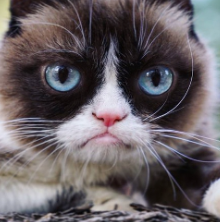
This project explores gradient-domain processing, a simple technique with a broad set of applications including blending, tone-mapping, and non-photorealistic rendering. The primary goal of this assignment is to seamlessly blend an object or texture from a source image into a target image.
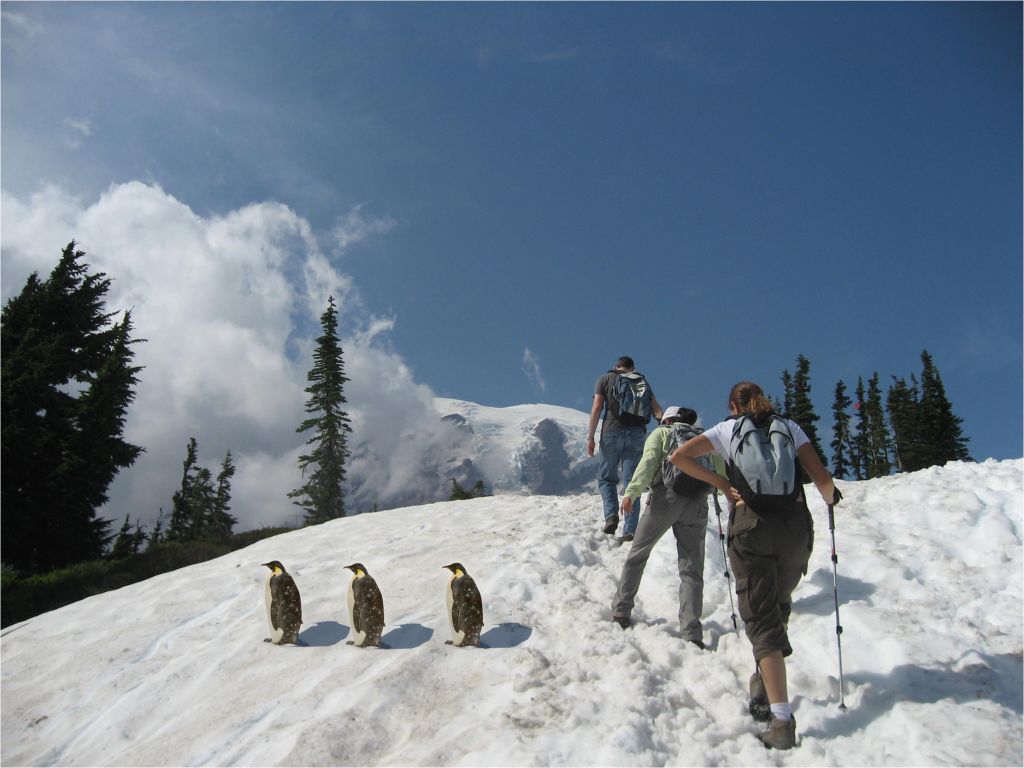
The goal of this assignment is to take the digitized Prokudin-Gorskii glass plate images and, using image processing techniques, automatically produce a color image with as few visual artifacts as possible. In order to do this, you will need to extract the three color channel images, place them on top of each other, and align them so that they form a single RGB color image.
